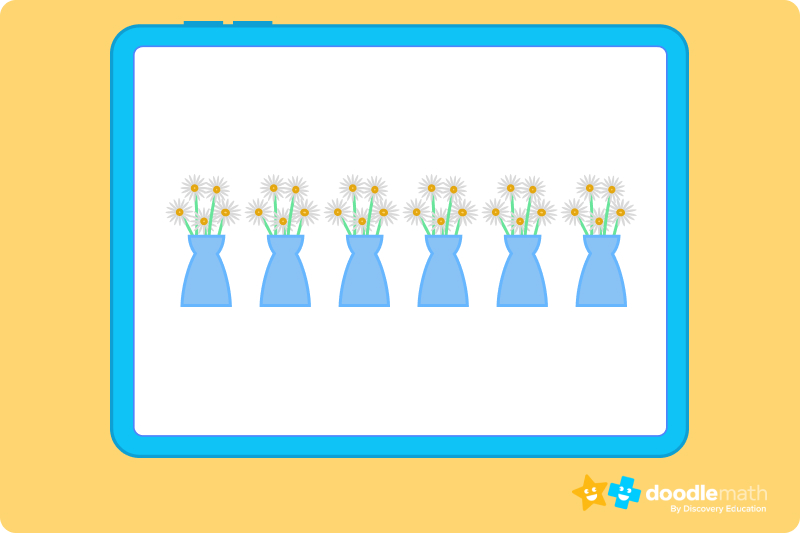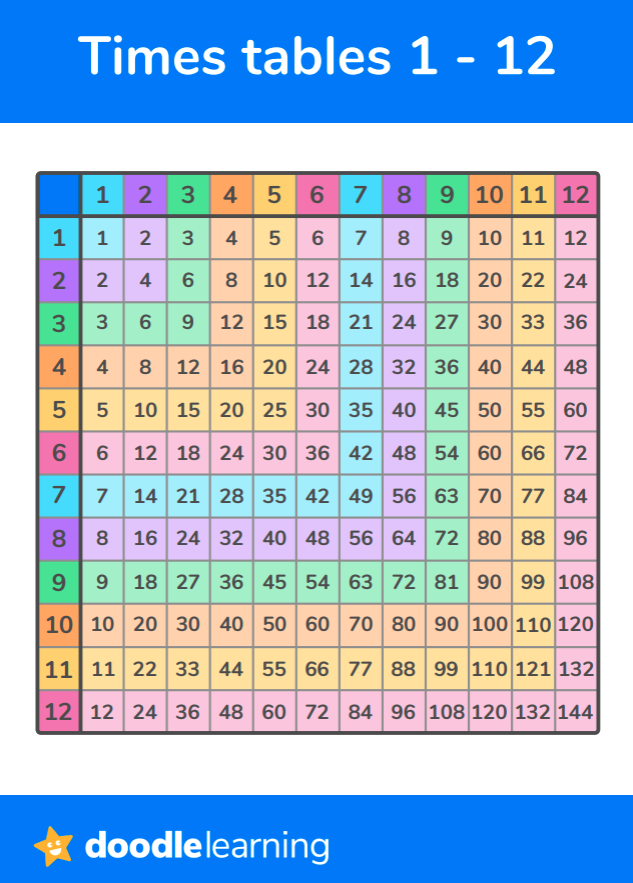

Learn how to teach multiplication facts in an easy, effective way with these tips from a maths tutor.

Author
Amber Watkins
Published
May 2024


Learn how to teach multiplication facts in an easy, effective way with these tips from a maths tutor.

Author
Amber Watkins
Published
May 2024


Learn how to teach multiplication facts in an easy, effective way with these tips from a maths tutor.

Author
Amber Watkins
Published
May 2024


Key takeaways
Table of contents
Multiplication skills are the building blocks of maths education.
Parents and educators agree on how important it is to help our children get it right. That is why when it comes to multiplication, tutoring requests come flooding in my door.
Don’t fret! There’s no need to call an emergency tutor. Teaching multiplication can start at home and support can continue at home with the right tools—and with YOU!
In this guide, I’ll share my best tutoring tips on how to teach kids multiplication at home simply and effectively.
First, help your child understand what multiplication means with words
Next, help your child visualise multiplication facts by drawing pictures
Have fun exploring the multiplication chart and making observations!
Practise common multiplication patterns & rules
These steps on how to teach kids multiplication can be used by:
Let’s see how we can be the expert in teaching our children & students multiplication!
I’ve found that helping students understand what multiplication means and putting it into words helps them later understand how it’s done.
We’ve all seen basic multiplication facts like 3 x 5 = 15 and 4 x 2 = 8, but how can we explain what it means? Multiplication means grouping. Help your child learn to write this in words.
How to help your child write multiplication facts in words
The first number in the multiplication sentence represents the number of groups. The second number in the multiplication sentence represents the amount in each group.
Here are two examples of writing multiplication facts as words:
1 x 7 means one group of seven
2 x 8 means two groups of eight
Pictures are brilliant aids in helping children understand multiplication. Without pressure to solve the multiplication sentence, ask your child to draw the picture it represents.
Here an example of the multiplication problem 6 x 5 drawn as a picture:

Unlock unlimited maths questions
Put your skills to the test with fun exercises + maths games that are proven to boost ability!
Try DoodleMaths for free!
Select a year group
The total of the multiplication sentence can be found in two ways: by counting or adding.
Counting each item and finding the total amount is a great start for beginners! I would recommend starting with this method first. Adding each group together is the more advanced way to find the total. It should be your aim to help your child progress to adding groups rather than only counting, like the example below:
3 x 6 = 3 + 3 + 3 + 3 + 3 + 3 = 18
Spend some time with your child looking over our multiplication chart. Ask questions and allow your child to make observations.
Why is it an important step? Patterns found in a multiplication chart are often associated with rules of multiplication.

Try This! While looking at a multiplication chart together, ask your child:
Here are some of the most common rules for learning multiplication, aka properties of multiplication, that I like to teach right away. Show your child a few examples for each rule. You’ll be surprised how quickly your child will pick up the pattern.
Try This! Instead of going through the difficulty of creating problems for each rule, download the best maths app for multiplication problems with the added benefit of it adjusting as your child progresses.
DoodleMaths is an award-winning app that’s filled with thousands of questions and games exploring multiplication, division and more! Plus, get free access to DoodleTables with any DoodleMaths subscription!
Designed by teachers, it creates each child a unique work programme tailored to their needs, doubling their progression with just 10 minutes of use a day. Try it for free!


What if despite your best efforts, your child is still struggling to multiply? Here are a few tips that I’ve found to be effective when helping struggling students with multiplication.
As your child progresses with multiplication you may be wondering what’s next. Soon they will learn how to do long multiplication, how to multiply decimals, and many other properties of multiplication.
In the meantime, stick to the basics we discussed. Don’t feel discouraged if you have to revisit some of these tips in the future. A sign of a great teacher is a child coming back with more questions.

Parents, sign up for a DoodleMaths subscription and see your child become a maths wizard!

Lesson credits

Amber Watkins
Amber is an education specialist with a degree in Early Childhood Education. She has over 12 years of experience teaching and tutoring primary school through university level maths. "Knowing that my work in maths education makes such an impact leaves me with an indescribable feeling of pride and joy!"

Amber Watkins
Amber is an education specialist with a degree in Early Childhood Education. She has over 12 years of experience teaching and tutoring primary school through university level maths. "Knowing that my work in maths education makes such an impact leaves me with an indescribable feeling of pride and joy!"
Book a chat with our team
If you’d like to use Doodle’s browser version, please visit this page on a desktop.
To log in to Doodle on this device, you can do so through our apps. You can find out how to download them here: